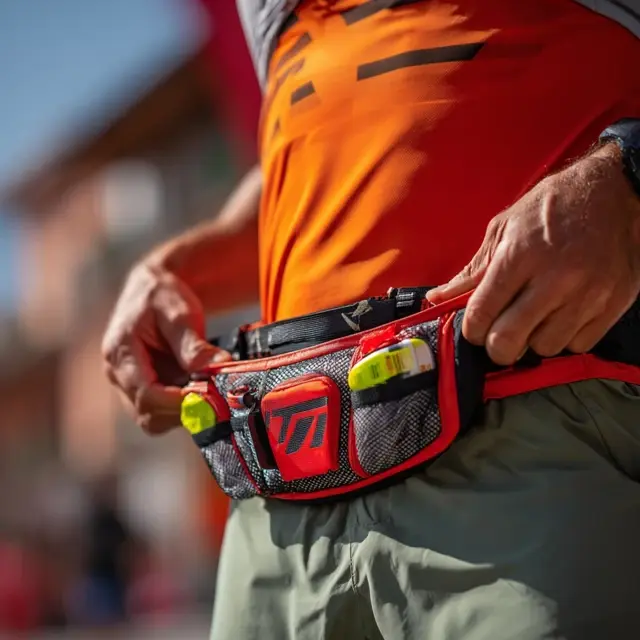Running Belt Picks That Help Runners Stay Organized
When running a marathon, the little details make a big difference. Staying organized with your nutrition, electronics, and essentials can shape your entire race experience. A thoughtfully designed running belt ensures everything you need is stored securely and easy to reach without breaking stride.
Why Organization Matters in a Marathon
Over the course of 26.2 miles, even small inconveniences can add unnecessary stress. An organized running belt helps runners by:
- Keeping gels and snacks neatly separated for quick access.
- Securing phones, keys, and IDs without risk of loss.
- Preventing bulky loads from bouncing and disrupting form.
- Reducing mental clutter, so you focus on pacing and endurance.
Features of an Organized Running Belt
Multi-Pocket Layouts
Belts with several compartments let you divide nutrition, valuables, and electronics. This prevents fumbling during critical race moments.
Easy Access Openings
Elastic pouches or angled zippers allow for swift retrieval of gels or hydration without interrupting your stride.
Compact but Spacious Design
The best belts remain slim yet offer enough room for race essentials. Well-balanced capacity ensures nothing feels oversized or awkward.
Types of Running Belts That Enhance Organization
Pouch-Style Belts
These belts feature expandable pouches that hold a surprising amount of items while staying slim against the body.
Modular Belts
Modular designs allow runners to customize compartments based on what they plan to carry for race day.
Hybrid Storage Belts
Combining hydration holsters with multiple storage pockets, hybrid belts offer the ultimate in marathon organization.
Tips for Staying Organized with Your Running Belt
- Plan your nutrition by placing gels in order of use, with the first easily accessible.
- Keep valuables like ID and cards in zippered sections for extra security.
- Store your phone in a sweat-resistant compartment to avoid damage.
- Practice accessing each item during training runs to build muscle memory.
Avoiding Common Organizational Mistakes
Some runners overload their belts, making them bulky and uncomfortable. Others pack items without a plan, leading to confusion mid-race. Keep it simple: only bring what’s necessary and arrange items strategically.
Conclusion
The right running belt is more than just storage—it’s a tool for organization that boosts your performance. By choosing belts with smart layouts and secure compartments, you can stay focused on the course instead of your gear. Organized runners are efficient runners, and efficiency makes every mile feel smoother.
Looking for more? Explore our running belt with pockets guide to find styles that fit your organizational needs.




